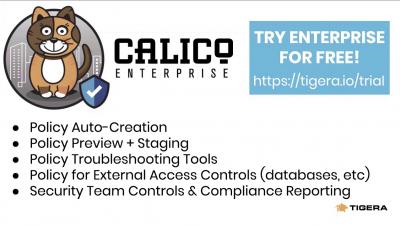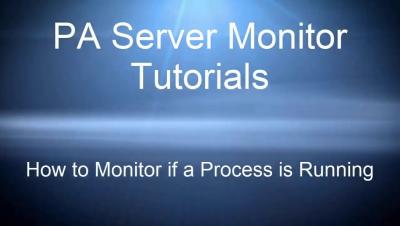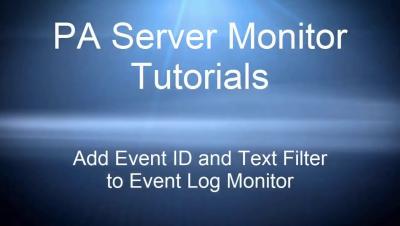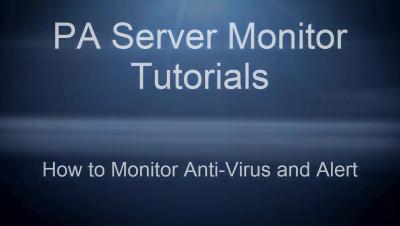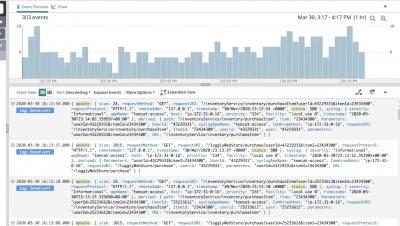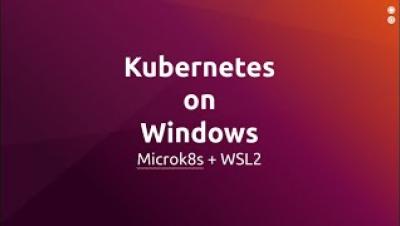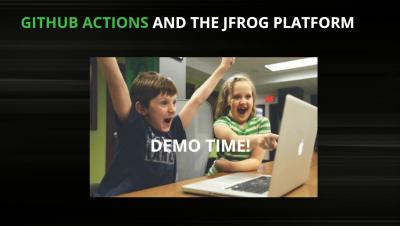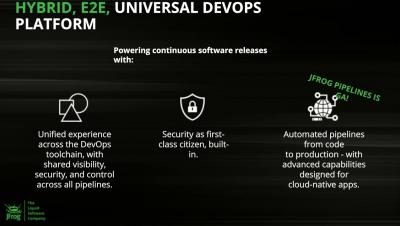Operations | Monitoring | ITSM | DevOps | Cloud
Latest Videos
How to Monitor if a Process is Running
PA Server Monitor's process monitor checks how many instances of a target specified process are running on Windows or Linux servers. It then compares that to the threshold and fires actions as needed. The process may be running locally, or remotely. PA Server Monitor can monitor remote processes on Windows servers via WMI or SNMP, as well as processes on remote Linux/Unix servers via SNMP. Process up or down data is recorded every time the monitor runs. You can define a time period, and optionally a summarization (hourly, daily, weekly, monthly) to create an uptime report for the process.
Add Event ID and Text Filter to Event Log Monitor
How to Audit Windows Logons and Logon Failures When a user logs into a Windows computer, or fails to logon, an event can be written to the Windows Event Log. This feature is built in to Windows. The Event Log monitor in PA Server Monitor can tell you when one of these events occurs, thus alerting you to a server logon, or a failed server logon. And because the Event Log monitor has a configurable monitoring cycle (the Schedule button in the lower right corner), you can find out about the logon in nearly real time.
How to Monitor Anti-Virus and Alert
Using the Inventory Alerter monitor in PA Server Monitor can help you monitor for changes in your Anti-Virus software. The Inventory Collector collects system information including Anti-Virus product information. Then when using the Inventory Alerter monitor you can alert on such items as when the running status changes, when the Pattern File Date is out of date, or when the Version changes.
How to Create a Graph Using Tags and Time Aggregation | Datadog Tips & Tricks
In this video, you’ll learn how to use tag-based grouping and time aggregation (with the rollup function) to create actionable time-series graphs. Datadog offers various ways to manipulate your metric graphs so that you can create graphs that are specific and actionable for all of your use cases. Two methods of doing this—as explored in this video—are tag-based grouping and time aggregation.
How To Monitor Containers in Real-Time with Datadog Live Containers | Datadog Tips & Tricks
In this video, you’ll learn how to utilize Datadog’s Live Container View to monitor and troubleshoot container performance underlying your applications. Datadog makes it easy to monitor ephemeral, containerized infrastructure. In this video you’ll learn how to leverage Datadog’s Live Container View to effectively dive into your container health. Using this view, you can sort and group your containers by tags or labels imported from Kubernetes, such as container name.
How to Get Started Using Loggly
This how-to video will provide everything you need to know to get up and running from initial sign up to searching, charts, dashboards, and more.
Kubernetes on Windows with WSL 2 and Microk8s
Watch as a community member, WSL Corsair and Microsoft MVP, Nuno do Carmo, takes us through how to set up a full Kubernetes cluster on windows leveraging the power of WSL2 and Microk8s. For more details check out Nuno's blog here.
Effective CI/CD with Github and the JFrog Platform
Are you using GitHub for your SCM and as the starting point of your delivery process? In this webinar you will learn advanced tips and tricks for simplifying and accelerating your CI/CD pipelines with the JFrog Platform on top of GitHub.
Effective CI/CD with Azure DevOps and the JFrog Platform
Are you using Azure DevOps as the starting point of your delivery process on the Azure cloud? In this webinar to learn advanced tips and tricks for simplifying and accelerating your CI/CD pipelines with Azure DevOps and the JFrog Platform.


